As w e move closer to the creation of a College of Teaching there is still much to be finalised about the finer details, not least the decisions over who will qualify for membership. To find out the very latest on progress so far, Elizabeth Holmes caught up with Professor Angela McFarlane, CEO of the College of Teachers and Founding Trustee of the College of Teaching to pose some of the questions that repeatedly get asked.
e move closer to the creation of a College of Teaching there is still much to be finalised about the finer details, not least the decisions over who will qualify for membership. To find out the very latest on progress so far, Elizabeth Holmes caught up with Professor Angela McFarlane, CEO of the College of Teachers and Founding Trustee of the College of Teaching to pose some of the questions that repeatedly get asked.
‘Study the past if you would define the future.’
Confucius
Elizabeth Holmes: The idea of a College of Teaching is going from strength to strength. Looking at social media and speaking to teachers from early years to higher education, there really does seem to be great interest in the College. Would you give an overview on current thinking about membership of the College please?
Angela McFarlane: The College of Teaching is the new chartered professional body for the teaching profession. The proposal put forward by the Claim Your College coalition in February 2015 based the College on a paid for membership model for teachers across different educational settings with different tiers of membership. These proposals outlined that full (i.e. chartered) membership would be achieved, as in any chartered body, through demonstrating exemplary practice, learning, knowledge and professional development as a teacher.
Full membership confers voting and decision-making rights on all those achieving the standards and maintaining good professional status and standing. Increasing the expectation of professional training, development and support in the early years of a teacher’s career is a core part of these proposals.
A major membership consultation, The Big Staff Meeting, is inviting schools, colleges and early years settings around the country to put aside half an hour to change the profession.
Nationally, schools and colleges can take part in The Big Staff Meeting on January 6th, when a majority of schools will have an inset day and plan to include an info session before the lunch break. However, if this doesn’t suit, the meeting can take part whenever is best for them in the lead up to February half term.
Who will the College of teaching represent?
EH: Arguably, it is crucial for an institution like the College of Teaching to be comprehensively representative of the entire teaching profession, from early years right through to higher education. Are teaching colleagues in further education and higher education to be fully included?
AM: It is not yet known whether the level of membership will be the same for teachers across all settings, or what the College’s definition of a ‘teacher’ will be. The proposals outlined by Claim Your College say that membership should be inclusive to all those in the teaching profession however it will not be compulsory to join. The College of Teaching is based on the principle that it should not occupy spaces where other bodies already exist.
In a recent Claim Your College survey undertaken by the Education Company of 13,000 respondents – 75% of whom were teachers and school leaders – two-thirds preferred a model where teachers lead but a wider community of education professionals can join a College. The definition of “teacher”, however, has not yet been established.
The scope of the Claim Your College proposal covers early years and compulsory age schooling. The proposals also state that teachers working in other sectors such as those in Further Education (FE) could achieve the standards ultimately set by the College in their settings.
The inclusion of teaching colleagues in FE and HE in the College of Teaching forms part of The Big Staff Meeting debate. The membership consultation will close at the end of February 2016, with Founding Trustees expected to make a final decision mid-2016.
EH: How will the College help members to develop more understanding about the work of teacher colleagues in all other phases of education?
AM: The College will support its members to be more effective in their professional practice and offer a career pathway based on excellence in teaching. Its object will be to support excellence in teaching to better serve children and young people.
The College will recognise the importance of continuous improvement in standards of professional practice and provide a community of practice where evidence of effective CPD is shared and collaboration facilitated whatever the teacher’s setting, practice or location may be.
How can you get involved?
EH: How will members be able to contribute to the College?
AM: The levels of membership and how the College will operate for members on a day-to-day basis is to be decided, however we would encourage schools and colleges to get involved in The Big Staff Meeting. This is about all teachers giving us their views across all phases and stages.
Another way of showing support at this time is by pledging to the College of Teaching’s crowdfunding and spreading the word. Good teachers know good teaching and we have an opportunity for the teaching profession to come together to set its own standards.
Teachers, educators and other individuals and organisations are being encouraged to give small, yet valuable, donations as part of an historic recognition scheme that gives them the opportunity to become a Founding Supporter of the College.
The College of Teaching is seeking to raise £250,000 directly from the profession as part of a five-month campaign. These pledges of support will match-fund contributions secured through charitable donation.
The money raised will be used to pay schools for teachers’ time to help shape the College. To be part of history and make a pledge today, visit https://claimyourcollege.hubbub.net/
The Big Staff Meeting
EH: Tell us more about The Big Staff Meeting and why teachers from all phases of education should be involved.
AM: How wide the membership of a College of Teaching reaches will ultimately be for the profession to decide. On the one hand, there are professional skills, independent of context that can increase the effectiveness of teaching:
- reflection on practice
- use of evidence to inform the management of learning
- evaluation of the impact for learners.
However the application of all of these must be tailored to age, phase, subject and context of the learning. On the matter of specialist subject knowledge and pedagogy, the College is forming close relationships with the subject associations and learned societies. The unique contribution a College can offer is a platform for teachers and those who support teachers and teaching to come together to work for the greatest benefit to learners. The Claim Your College coalition is an example of this.
There is an accumulating body of evidence on what works well to produce the best outcomes for learners. One in four schools is or has been involved with an Education Endowment Fund trial. The challenge remains to mobilise this information and experience through a platform where teachers can come together to share experience and discuss the implications of evidence for their practice. The College can provide a reliable and trusted space in which that professional dialogue can take place; where the weight of evidence rather than unsupported opinion is what matters.
Find out more:
- The Big Staff Meeting is being supported by a number of organisations including ASCL, ATL and NAHT. Information obtained from this consultation will inform the formulation for membership requirements and grades that will be developed further by the Founding Trustees of the College of Teaching. To register to receive your pack, visit claimyourcollege.org
- Follow Claim Your College @CollOfTeaching #CollegeOfTeaching #ClaimYourCollege or like Claim Your College on Facebook https://www.facebook.com/claimyourcollege.




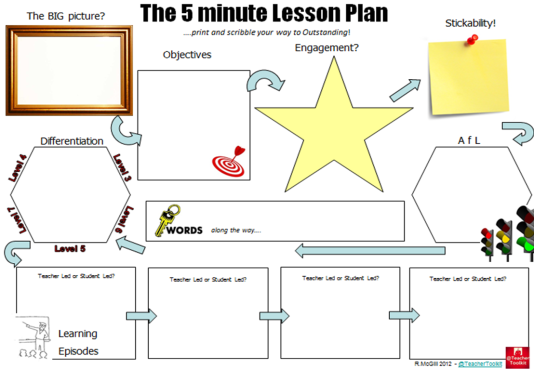
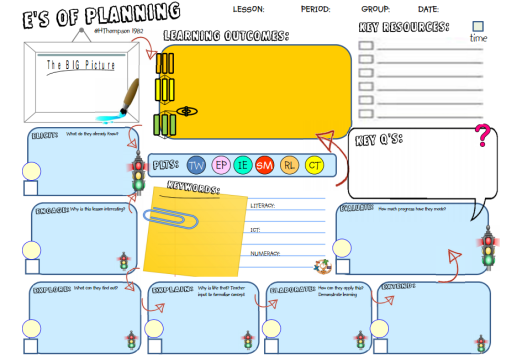
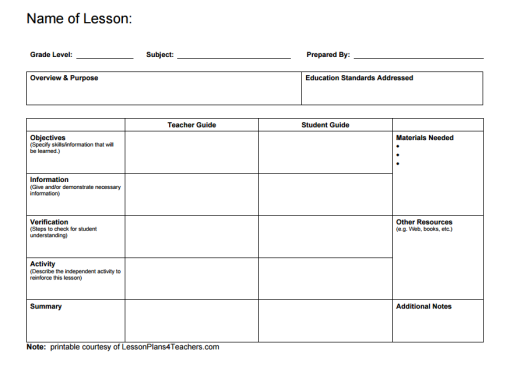
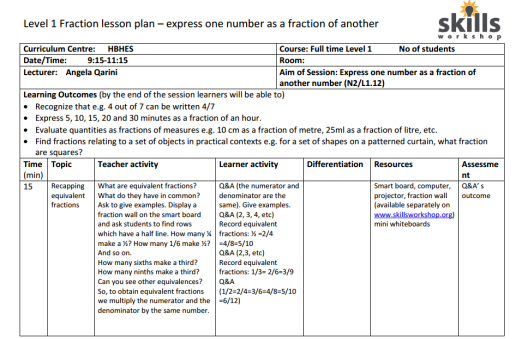
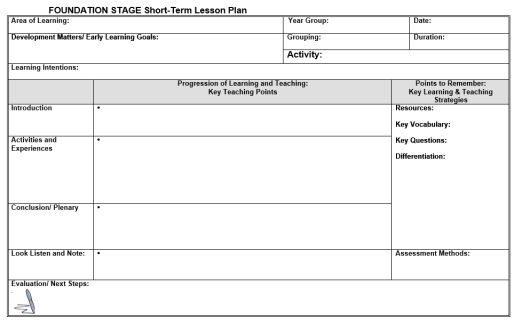
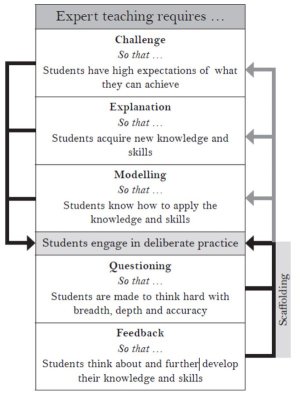

 The recent NASBM awards ceremony showed how dramatically the role of the SBM has changed. But there is still more to be done to promote understanding.
The recent NASBM awards ceremony showed how dramatically the role of the SBM has changed. But there is still more to be done to promote understanding. e move closer to the creation of a College of Teaching there is still much to be finalised about the finer details, not least the decisions over who will qualify for membership. To find out the very latest on progress so far, Elizabeth Holmes caught up with Professor Angela McFarlane, CEO of the
e move closer to the creation of a College of Teaching there is still much to be finalised about the finer details, not least the decisions over who will qualify for membership. To find out the very latest on progress so far, Elizabeth Holmes caught up with Professor Angela McFarlane, CEO of the 
